Text: Eduardo Quive
Photo: Yassmin Forte
Edição 83 MAR/AGO| Download.
“Madala Vaku Niassa”: symbol of conservation and reconciliation
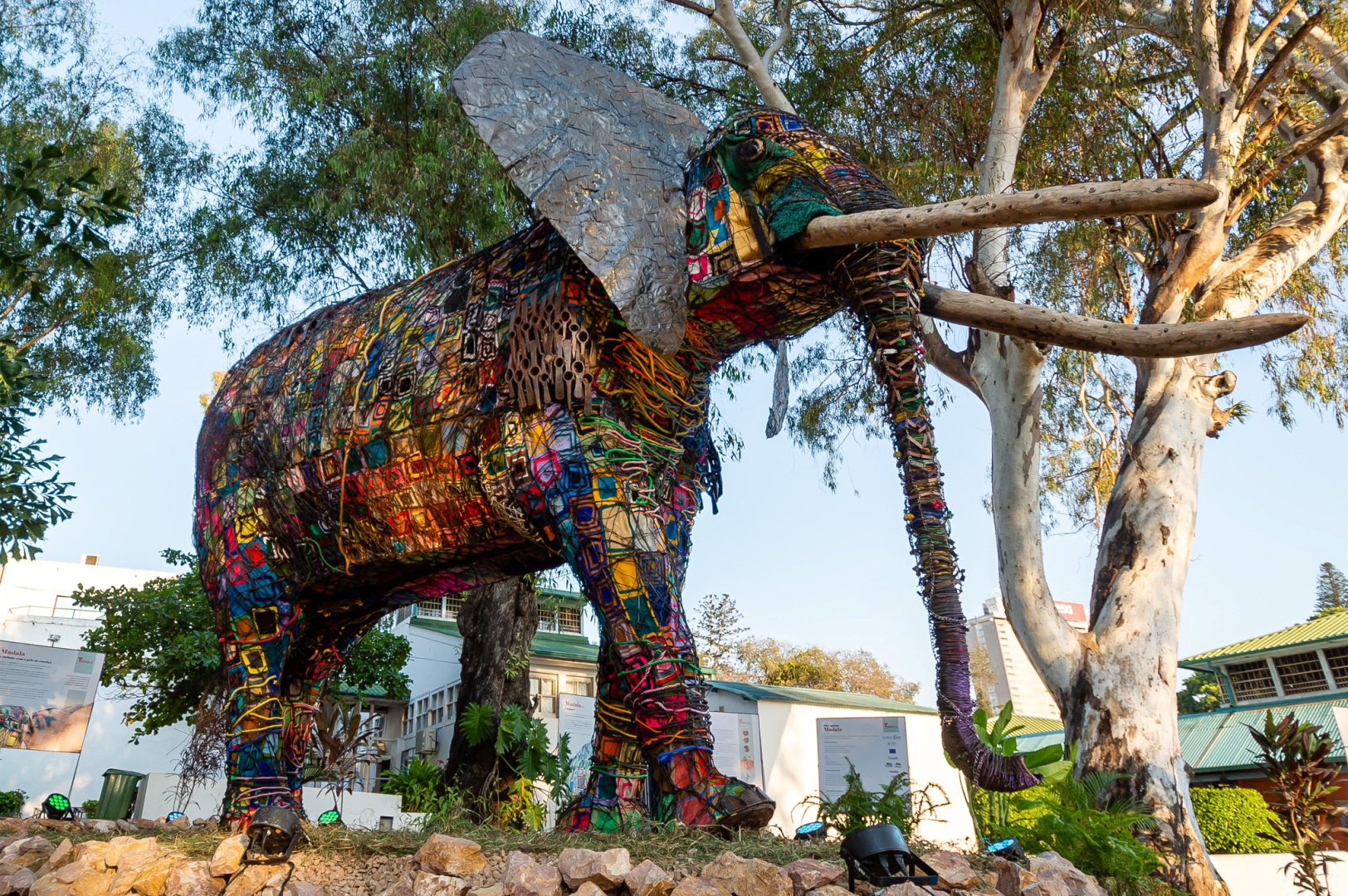
It’s name is “Madala Va Ku Niassa”, the Old Man of Niassa. It has the dimensions of a real elephant: five meters by seven meters. The materials that compose the artwork associate it with reality, that is, the objects used to hunt elephants were used to build an animal that carries the aesthetics and speech that will probably impact the hearts of humans. Specifically, “Madala” is made of 684 steel traps, 356 rope traps, 133 mining pans, machetes, 209 pickaxes and 120 ammunition cartridges, to which is added a woolen fabric sewn by the hands of women and men from Manhure, a region located within the Niassa Special Reserve, a place that knows, more than anyone, the truth of the relationships between animals and people.
Advertising
We thus enter the story of the Colombian Biologist, Paula Ferro, who, having entered the Niassa Special Reserve around 18 years ago, feels at home. She brings extensive experience in conservation, tourism and community development work. She was the one who brought together around 50 people, most of them women, to learn how to use the crochet needle, connecting infinite loops, flat or round, creating a multitude of patterns, playing with the relief and alternating colors. It is through her initiative that YAO Crochet was created. To work with the metal, the French sculptor Jules Pennel joined; not only did he carve the artwork with his own hands, as he trained those involved. All this work also included the contribution of Derek Littleton, Director of the Lugenda Foundation and the Luwire Concession.
In the euphoria of the installation of the wool and steel elephant, which is located in the garden of the Franco-Mozambican Cultural Center and will remain there for three months, Paula Ferro celebrated the journey made since 2023, since this artwork left one end of the country to the other.
“This skin simultaneously symbolizes the hope and resilience of local populations and the fragility of fauna and the environment. The crocheted squares of color represent the complexity and diversity of the Niassa Special Reserve, one of the last bastions of wildlife in Southern Africa.”
“It is an opportunity to convince people of the importance of fighting poaching and protecting ecosystems and large wild animals. It is also an opportunity to show the pride of the communities and artists who made this project possible.”, Paula Ferro tells us, looking at “Madala” with enchanted eyes. After all, the hope is also that it will open new opportunities for communities, including improving their living conditions.
“After this exhibition here in Maputo, we don’t know where ‘Madala’ will go. What is certain is that it will be auctioned and can be purchased by someone or entity anywhere in the world. And the money will be used to build an arts and crafts school in Niassa”, she tells us. This is because, Paula believes, empowering women and providing men with secure sources of income increases the chances that they will have a better life perspective, which will help them to value all natural heritage, and do everything they can to preserve it.
Edição 83 MAR/AGO| Download.
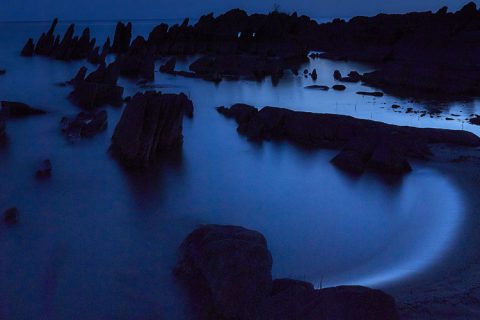
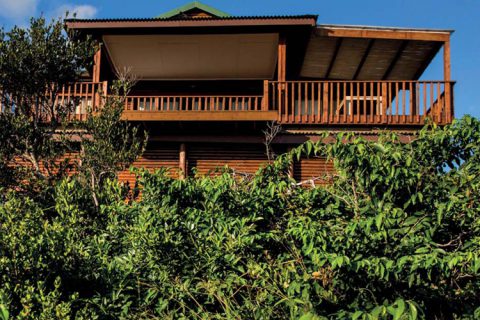


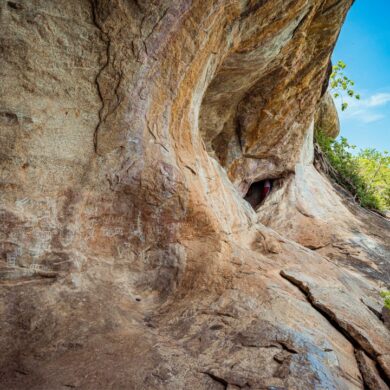
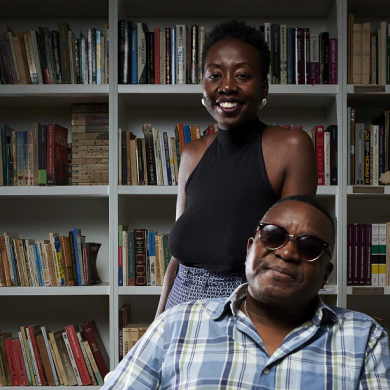
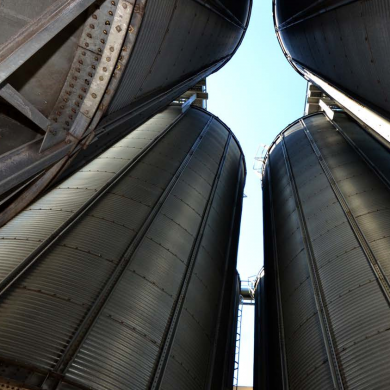
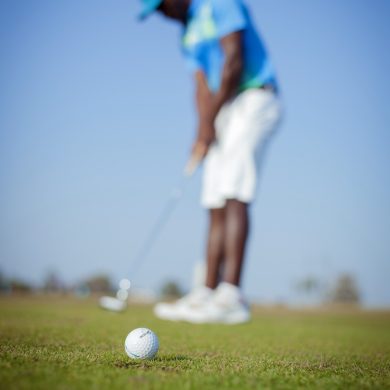
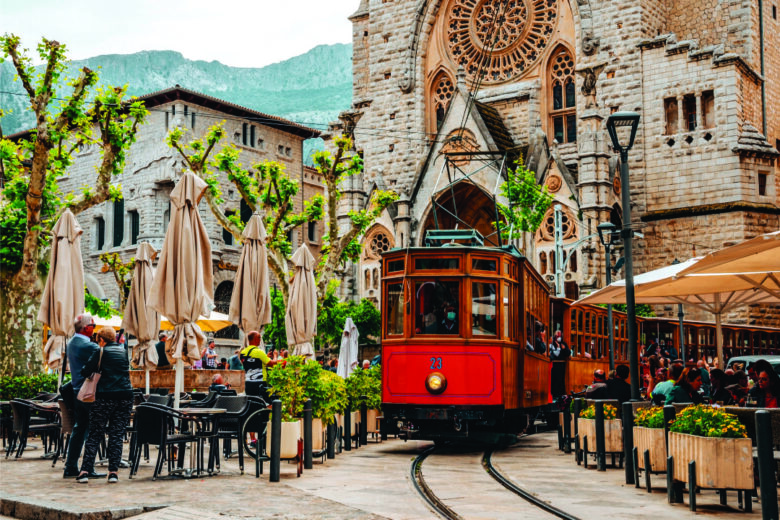
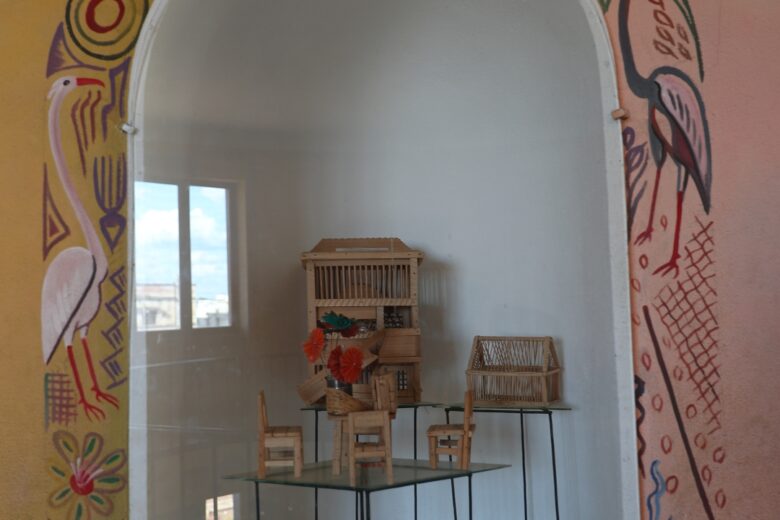










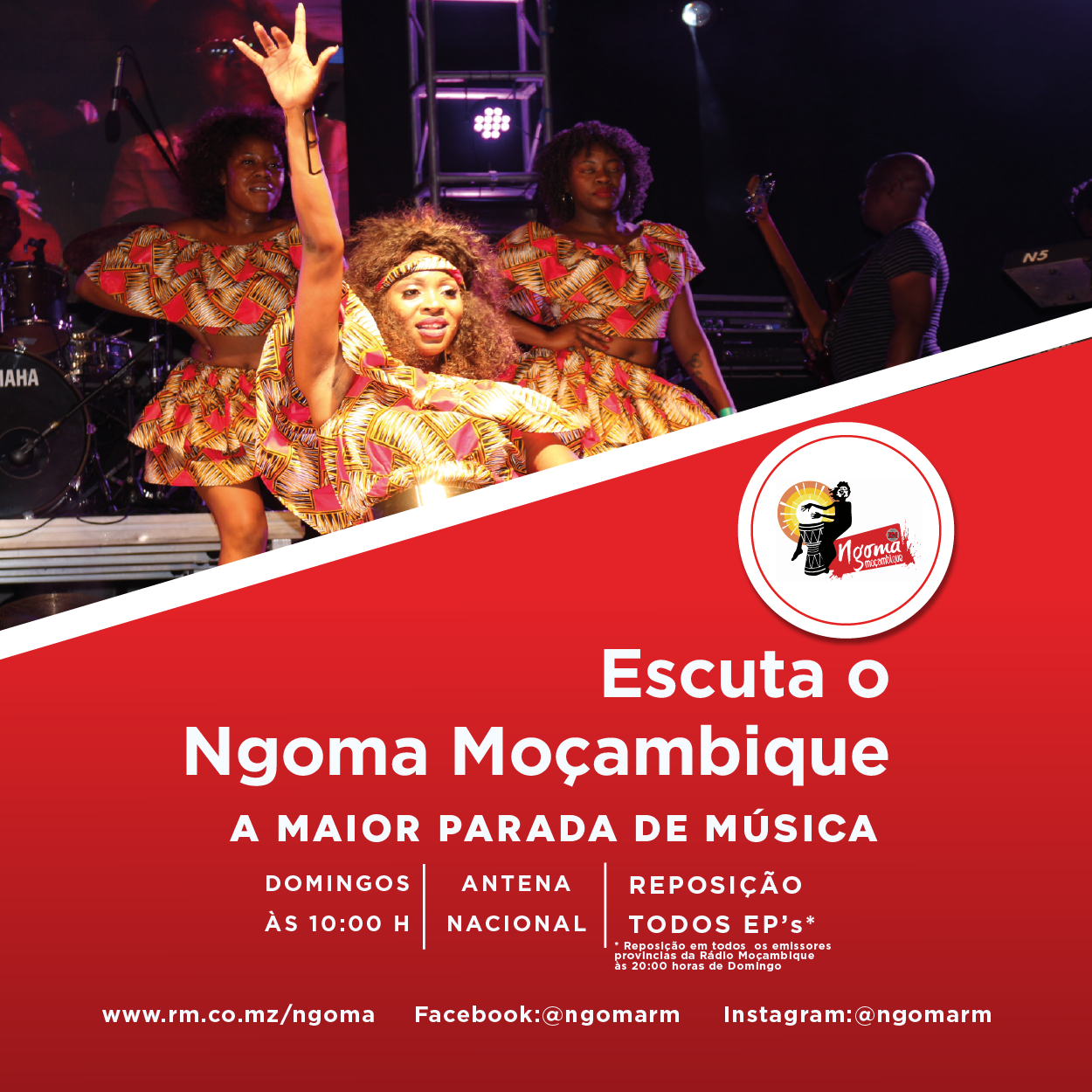
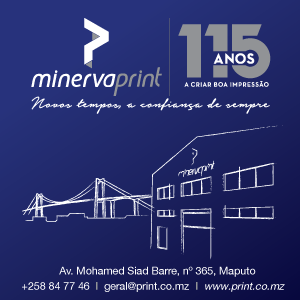





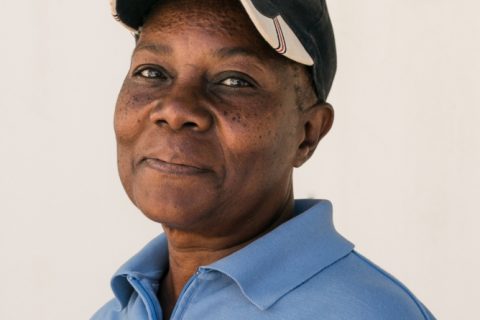
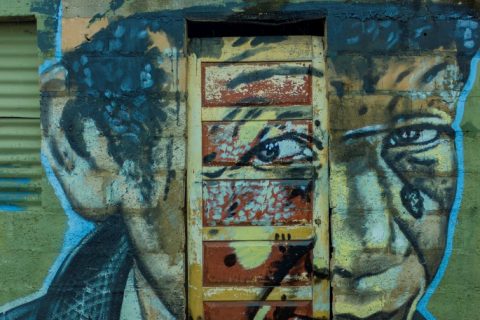

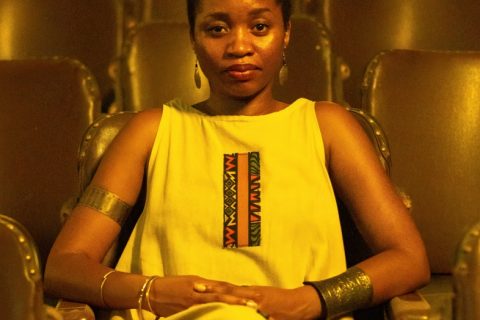
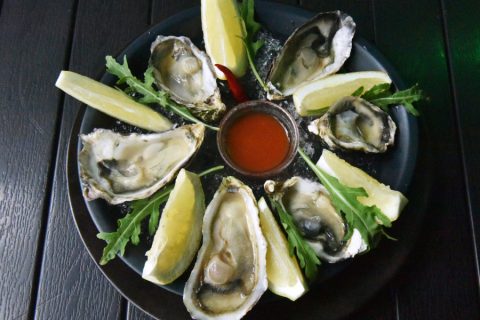
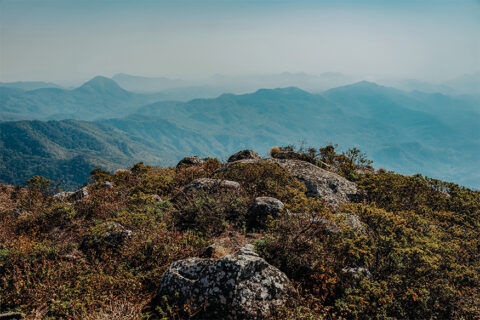
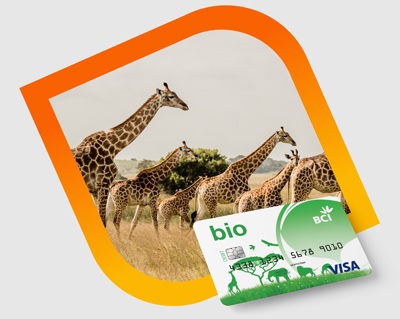

0 Comments